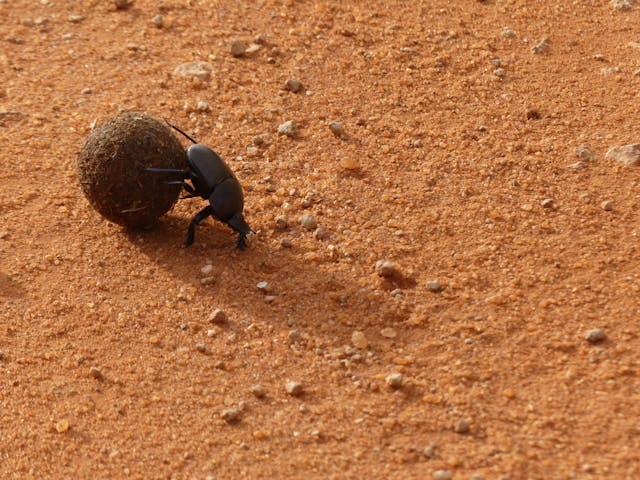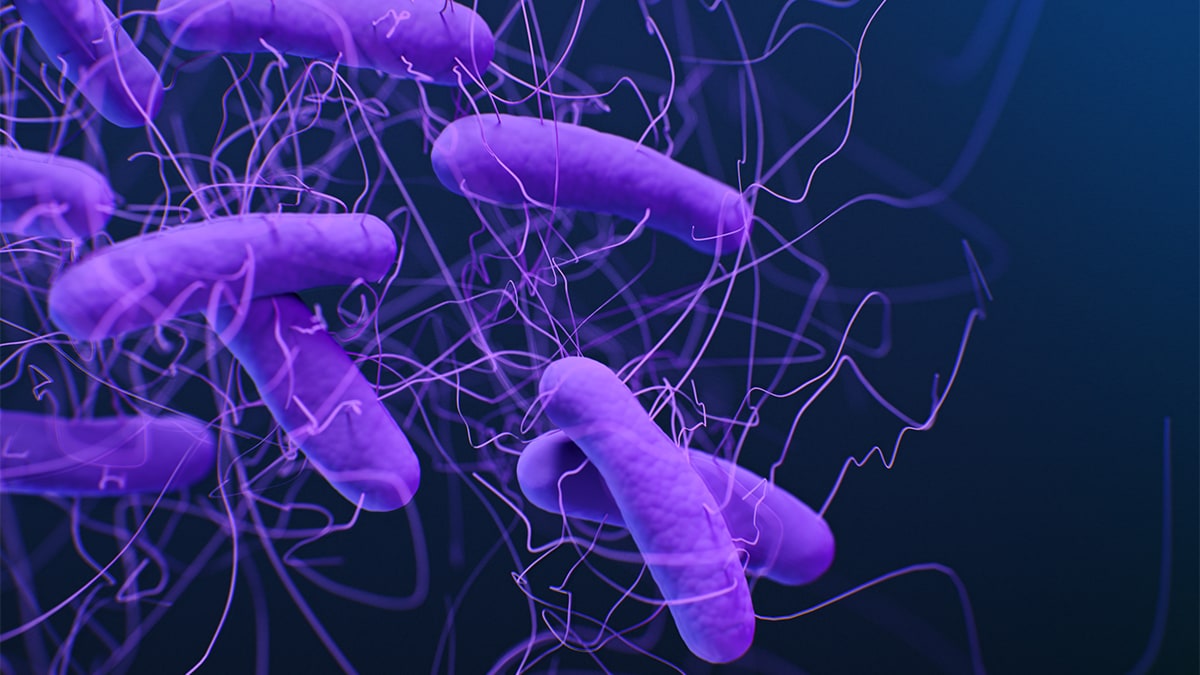The internet is ripe with bizarre stories of how a brother/ sister/ friend/ lover (even estranged husband’s lover) donated an organ to save the life of a patient in a precarious condition. Call it love or just humanity, we tend to delve in such selfless behaviours from time to time be it for our loved ones or even complete strangers.
The very fact that blood donation camps have been held regularly around the world and continue to attract donors every time is a testament to human goodwill. Many donate their organs while living or after their death and that is a noble cause. Sperm donation is also quite common but does not come with the nobility of organ donation. But what about poop? Would you consider it a noble cause to donate poop? Should the need arise, would you rise to the occasion and make a deposit?
Why?

Dung beetle can carry loads of 250 times its body weight but it is carrying something with millions of microorganisms.
Most of the information we have about poop dates back to the 1970s and 80s, when basic microscopy revealed that human poop had lots of bacteria, solid matter, and water. The primary reason why poop is so popular in the animal kingdom is that it comes with a bunch of microorganisms that usually reside in our guts. These microbes are a mix of good, bad, supportive, and disruptive microorganisms that we know of and are within each and every one of us.
Modern science calls it microbiota. Just like we found the sequences of the Human Genome, research is currently underway to understand which organisms are actually dwelling within us and what their genome looks like and does within us. Together, their genetic information is called the microbiome, and efforts are underway to understand the microbiota and its functions.

Clostridium difficle is more like Clostridium difficult, because the infection is very hard to treat.
| Image shows the dramatic rise in publications related to FMT in recent years. |
The other factor contributing to the success of FMT is the ease of finding the donor. All you need is a healthy individual who may not necessarily be a relative but needs to be negative for HIV or HBV and HCV. Once a donor is identified, fresh stool sample or a frozen one is taken and transplanted into the recipient to restore the microbiota. There are no complications of a mismatch or a lengthy process of registering to be a recipient. This is helpful because C.difficle acts fast and can go from mild to lethal in about a month’s time.

The gut microbiome is keeps your gut healthy.
A recent publication in Science from the team of Howard Ochman at the University of Texas has shown that gut microbes from humans and our nearest relatives, the apes, are quite similar and have been co-evolving in their hosts from the time we split into humans and apes. This goes on to show that microbiota has a bigger role in our evolution as well, something that we might be able to determine in the years to come.
If you’d like to know more about how FMT helps save lives, watch this video from Seeker on YouTube
So now that you know the science behind the FMT, its success rate, the role of microbiota and what it means to us, we come back to the original question? Would you donate your poop for a loved one?
References:
Hammer, T., Fierer, N., Hardwick, B., Simojoki, A., Slade, E., Taponen, J., Viljanen, H., & Roslin, T. (2016). Treating cattle with antibiotics affects greenhouse gas emissions, and microbiota in dung and dung beetles Proceedings of the Royal Society B: Biological Sciences, 283 (1831) DOI: 10.1098/rspb.2016.0150
Bennet JD, & Brinkman M (1989). Treatment of ulcerative colitis by implantation of normal colonic flora. Lancet (London, England), 1 (8630) PMID: 2563083
Bojanova, D., & Bordenstein, S. (2016). Fecal Transplants: What Is Being Transferred? PLOS Biology, 14 (7) DOI: 10.1371/journal.pbio.1002503


